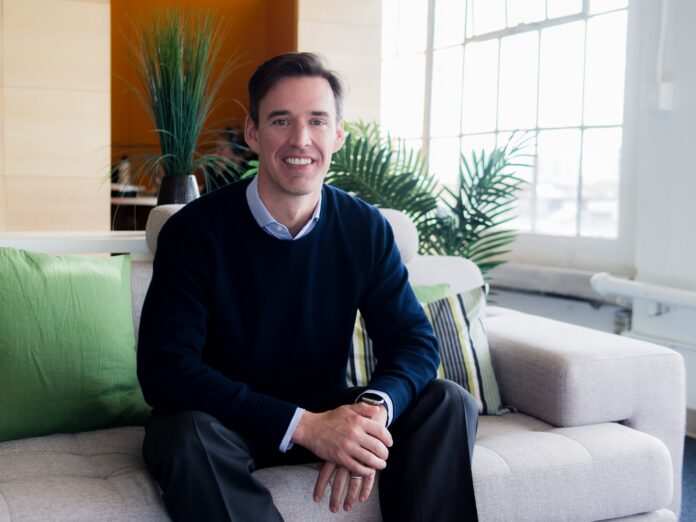This year, we are launching the Dox Foundation, which will help doctors to do what they love — treat patients in need — by funding medical missions abroad. Through the foundation, physicians will be able to submit applications for medical missions, and we’ll fund the travel for these projects. For example, a team of doctors might want to go to Haiti and treat patients where cholera, tuberculosis, malaria, and other acute illnesses and infectious disease are still prominent. Beyond helping provide medical care to underserved communities, we also feel these missions can help with physician burn-out, which is a serious issue in the health care community.
I had the pleasure of interviewing Jeff Tangney, CEO and founder of Doximity. Doximity, was named the fastest-growing tech company in Silicon Valley in 2016 by Deloitte and is today the largest social network for healthcare professionals in the country — with over 70% of U.S. doctors as members and over 900K verified clinicians in total. Doximity represents one of the fastest technologies ever adopted by physicians, second only to the iPhone. Prior to Doximity, Jeff founded Epocrates, which he led to a successful IPO in 2011.
What is your “backstory”?
My career as an entrepreneur started in my Stanford dorm room, in the late 90s. I had two physician roommates and together we built Epocrates, a Palm Pilot app for checking drug doses and interactions. They wrote Latin (drug doses), and I wrote the database. The app was a huge hit and we were eventually tapped by Steve Jobs directly to be one of the first four apps on iOS and presented onstage at the App store launch. We IPO’ed in 2011.
I left shortly thereafter to found Doximity with Dr. Nate Gross and Shari Buck. It became clear to us at the time that the technology behind popular social media platforms could also help address some of the major challenges that physicians experience in their day-to-day work, like communication with their peers.
Fast forward to today and Doximity is now the largest medical social network in the U.S., with over 70% of all doctors on the network and nearly a million members.
Can you share the funniest or most interesting story that occurred to you in the course of your career?
The most interesting part of my job is the feedback we hear directly from physicians, especially examples of how we help them in their clinical work. I’m inspired every time we get a story from a doctor about how we helped out with a tough patient case, or in some way, helped them provide better care. That’s what gets us up in the morning. We call these “DocLuv” stories internally, and share a couple with our team each week.
There’s one story that stands out, of a patient who was bitten by a Macaque
monkey and as a result, came down with a rare form of encephalitis. A potentially fatal brain inflammation. His physician used Doximity to find one of the rare specialist who could treat this condition. There are only about 20 doctors in the entire U.S. that are expert in this area. The patient was referred and treated successfully.
Most people don’t realize that referring patients to the appropriate specialist isn’t always easy for physicians, and our network makes that process seamless, even in the toughest cases.
Are you working on any meaningful nonprofit projects? How have you used your success to bring goodness to the world?
We’re a mission driven company and giving back to the health care community is important to our team. And there are a lot of under-served populations outside of the U.S. who, for a variety of reasons, aren’t able to access the medical attention they need.
This year, we are launching the Dox Foundation, which will help doctors to do what they love — treat patients in need — by funding medical missions abroad. Through the foundation, physicians will be able to submit applications for medical missions, and we’ll fund the travel for these projects. For example, a team of doctors might want to go to Haiti and treat patients where cholera, tuberculosis, malaria, and other acute illnesses and infectious disease are still prominent.
Beyond helping provide medical care to underserved communities, we also feel these missions can help with physician burn-out, which is a serious issue in the health care community. According to a recent study published in Mayo Clinic Proceedings, physicians worked an average of 10 hours more per week as compared to the rest of the US population, and display higher rates of emotional exhaustion and much lower rates of satisfaction with their work-life balance.
We want to do what we can to help support doctors in this area. If we can help needy patients and chip away at the problem of physician burnout, that is a tremendous win for everyone.


